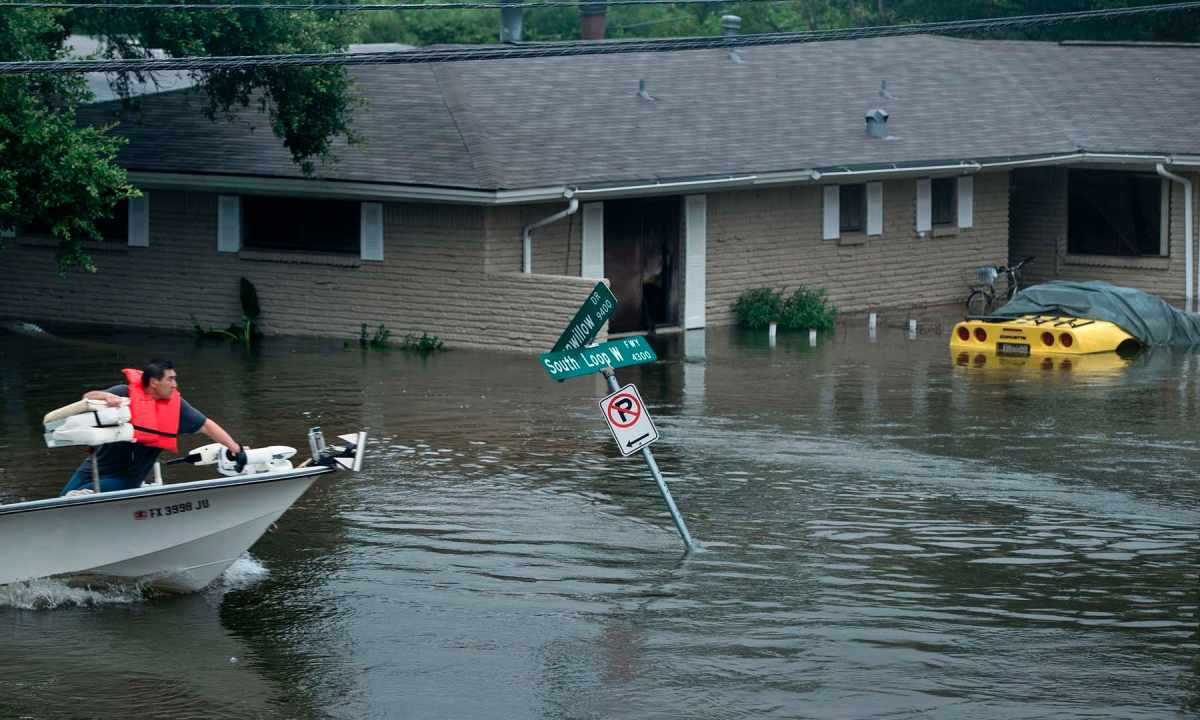The base is that part of the building on which loading from overlying designs is distributed. Construction of capital houses, of course, will require involvement of experts, and here for construction of various minor constructions it is possible to fill in reliable continuous footing independently.
It is required to you
- - shovel;
- - sand;
- - stones;
- - armature;
- - polyethylene film;
- - concrete;
- - eaves boards;
- - concrete mixer.
Instruction
1. Dig out on the place of the built construction on perimeter and under future load bearing wall trench of 0.6-0.8 m in depth. Choose width of trench depending on material which is going to be used at wall construction, and soil bearing capacity.
2. Build pillow under the base which will take away surplus of moisture. For this purpose fill layer of fine-grained sand about 15 cm thick on trench bottom. Carefully stamp, moistening it with water. Do not use the extracted soil for creation of pillow at all.
3. Establish timbering. Accuracy therefore, getting to work, expose all central axes of the base is in this case important and check equality of diagonals. Trace that middle lines did not differ from designed more than on centimeter. Perhaps, somewhere it will be necessary to cut walls of trench and once again to make adding and compacting of sand.
4. For removable timbering under the base as boards it is possible to use eaves boards 4-5 cm thick. If to take for this purpose old sheets of professional flooring or slate, the timbering can be not removed. It is better to prepare and establish it at once under all base. Do not forget in corners on timbering to note the upper bound of the termination of the base. Its top has to be strictly horizontal even if there is some bias of the surrounding area.
5. Be prepared for reinforcing of the base. Use for vertical communications armature with a diameter of 5-10 mm, for horizontal – 15-20 mm. The distance between rods of armature has to be about 20 cm.
6. Before placing of bars in timbering provide the maximum tightness of the last. It will allow water to remain in cement slurry as long as possible. And than more slowly concrete hardens, especially the base will be strong. For ensuring tightness it is necessary to cover walls and bottom of timbering polyethylene film or similar material.
7. That armature did not rust, and continuous footing did not lose durability, it is necessary to avoid its contact with walls and bottom of timbering. For this purpose place stones with a diameter about 5 cm in problem places.
8. The most responsible stage of laying of the foundation – underpouring. It is desirable to hire at least the simplest concrete mixer or to order ready concrete in the organization which is engaged in its production. It is necessary to fill in concrete without breaks, at one time. You make filling accurately, without shifting armature and without allowing formation of emptiness. Constantly to shtykuyta solution thick metal rod or wooden stake. At the same time be careful and do not damage polyethylene film.

